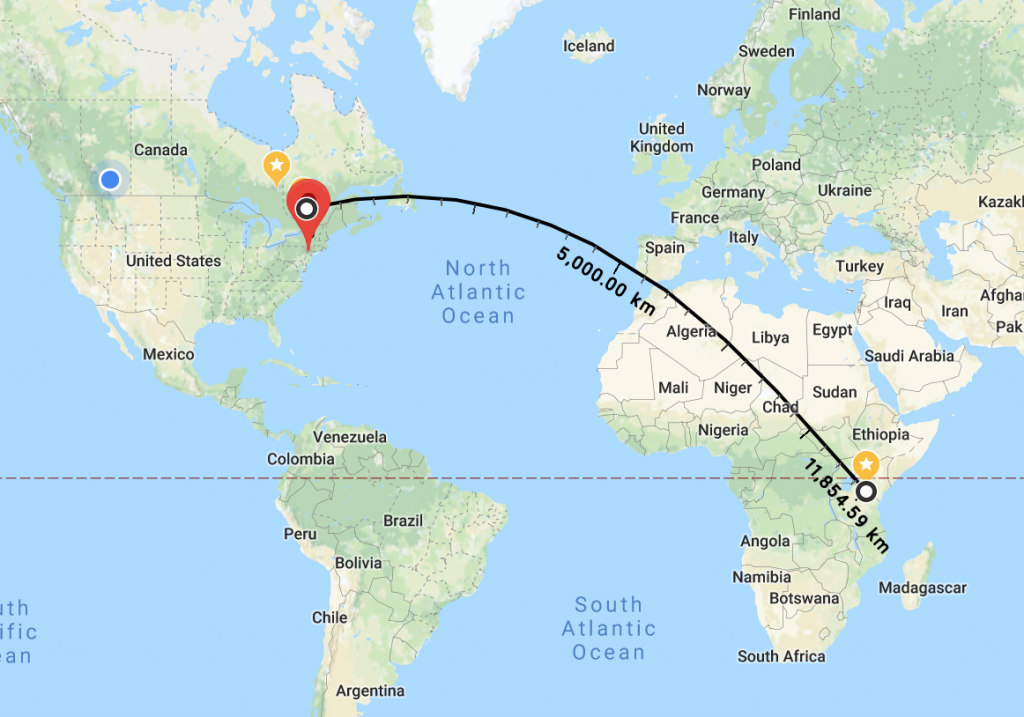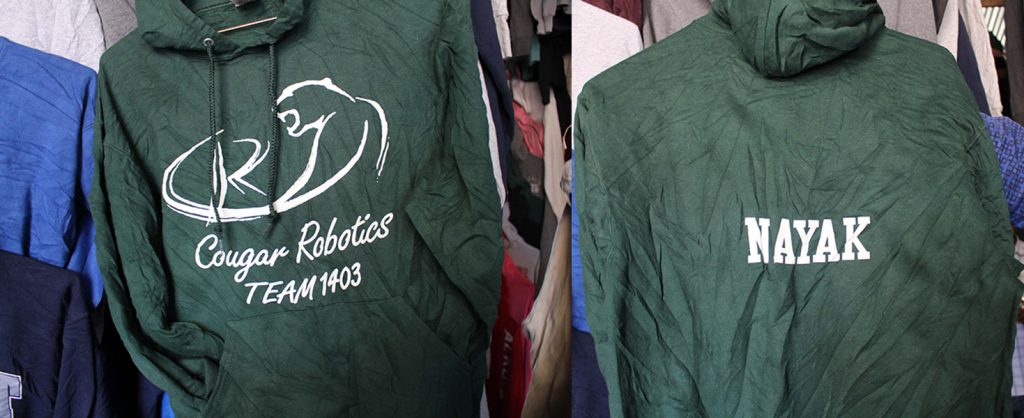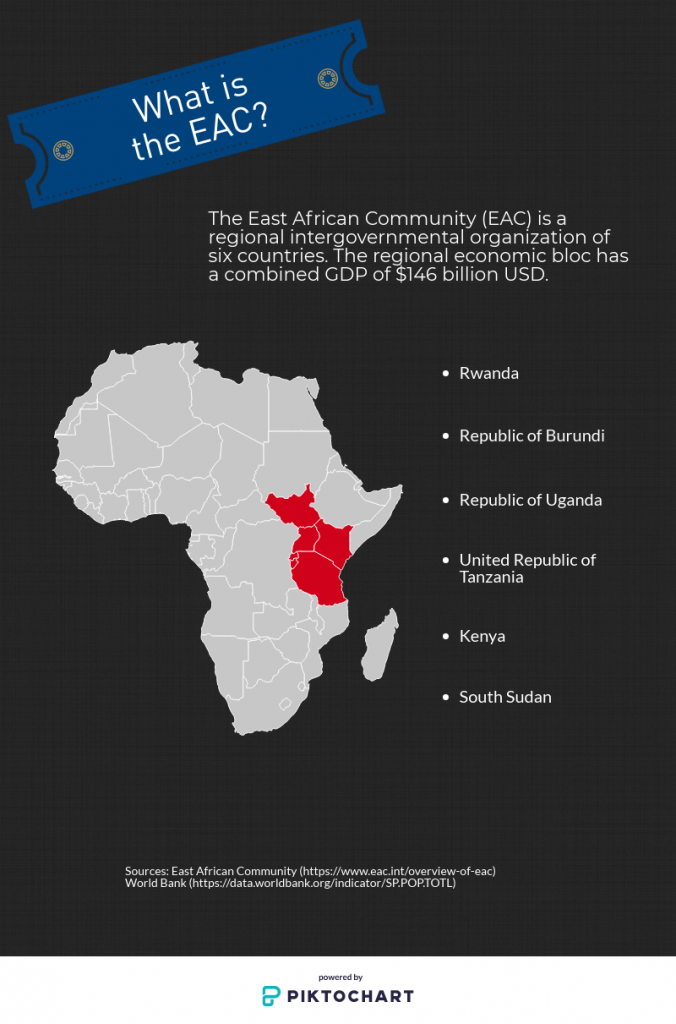W hen you walk through the central market in Arusha, Tanzania you will see piles of clothes stacked high atop wooden pallets. Women, some with young children, sit beside their inventory waiting for a buyer to approach. If they are lucky, they will sell $5 worth of clothing in a day. As you pass by each row, you notice the clothes are grouped by type – child, men and women. The clothes bear popular name brands like Hello Kitty and Old Navy.
In the sweatshirt section, are sweaters with the logos of University of Toronto and Wilfrid Laurier University, both Ontario universities. Several sweatshirts have the names of their former owners printed on the back, including a hunter green sweatshirt emblazoned with the Cougar Robotics team name and logo on the front, and the last name – Nayak – on the back.
I snapped a picture of the sweatshirt and set out to track down the owner. A Google search of the team name – Cougar Robotics Team 1403 – revealed a link to the team website. The logo on the website matched the one on the sweater, however there was no list of current or former team members. As luck would have it, on the Cougar Robotics Facebook page, there was a recent comment from Vishaka Nayak.
After sending her a direct message explaining that I might have found her sweatshirt, she responded a day later that it was not hers. However, she confirmed that the only Nayaks that had been part of the robotics team at Montgomery High School in Skillman, New Jersey were her brother Mihir and herself. Mihir had purchased a sweater when he was a high school student. A few days later, Mihir and I connected.
Hello Mihir,
Your sister Vishaka passed along your email.
I am a Canadian journalist working on a story about the second-hand clothing trade and I found a sweater that Vishaka thinks belonged to you.
–Megan
Nayak, a Rutgers University student, was away at school when he received a message to his Facebook inbox.
“My first thoughts were ‘this can’t be real.’ This is incredibly specific and I don’t like where this is coming from because to find a random article of clothing of mine that I had donated a long time ago, and to think that it would eventually come back in my life was very surprising to me, to say the least.”
Just over two years ago, he outgrew the sweatshirt and decided to donate it to Vietnam Veterans of America, a non-profit organization in the United States. He had no way of knowing at the time that his sweatshirt would travel 12,000 kilometres to East Africa.
“I understand that the clothes that are donated – once they are out of your hands they could go anywhere,” he said.
“I thought it would end up somewhere in the U.S. and never would have dreamt it would have gone to another continent, let alone Africa.”

Mihir Nayak’s high school robotics sweatshirt travelled roughly 11,854.59 km from Skillman, New Jersey, U.S. to Arusha, Tanzania. (Megan McPhaden)
Exporting used clothing for reuse is one of the approaches taken in Canada and the U.S. for dealing with unwanted clothes. These unwanted clothes are received by charities and for-profits like Value Village as donations. Of the donations that they receive, only a small fraction are sold through retail stores.
Since consumer demand is low for used clothes in the U.S. and Canada, these excess clothing donations would wind up in the trash. Rather than throw them into a landfill, charities and their for-profit partners sell them to companies that will export them to reuse markets in developing countries in Eastern Europe, South America and East Africa.
In East Africa, imported second-hand clothes have had a two-pronged effect. On one hand, they benefit local consumers because they are more affordable than locally-produced clothes and new clothes that have been imported. However, these second-hand clothes have also hurt local textile industries in the East African Community (EAC), a regional trading bloc that includes Kenya, Tanzania, Rwanda, Uganda, Burundi and South Sudan.
The EAC is now trying to phase-out second-hand clothing in an effort to start building up existing textile industries. The EAC’s tariffs on second-hand clothing imports has resulted in a backlash from the textile recycling industry in North America who say these measures are jeopardizing jobs and could have ramifications for charities.
Despite learning that by donating his old clothes to charity he might be hurting local textile industries overseas, he intends to keep donating.
“Definitely, if I’m not using something at the moment or don’t plan to have a use for something, someone else definitely could use it,” he said.
“Obviously the sweatshirt could fill the needs of someone else.”
Interactive map
Click on the image for the interactive version. Scroll over the countries to see the name and population size.

